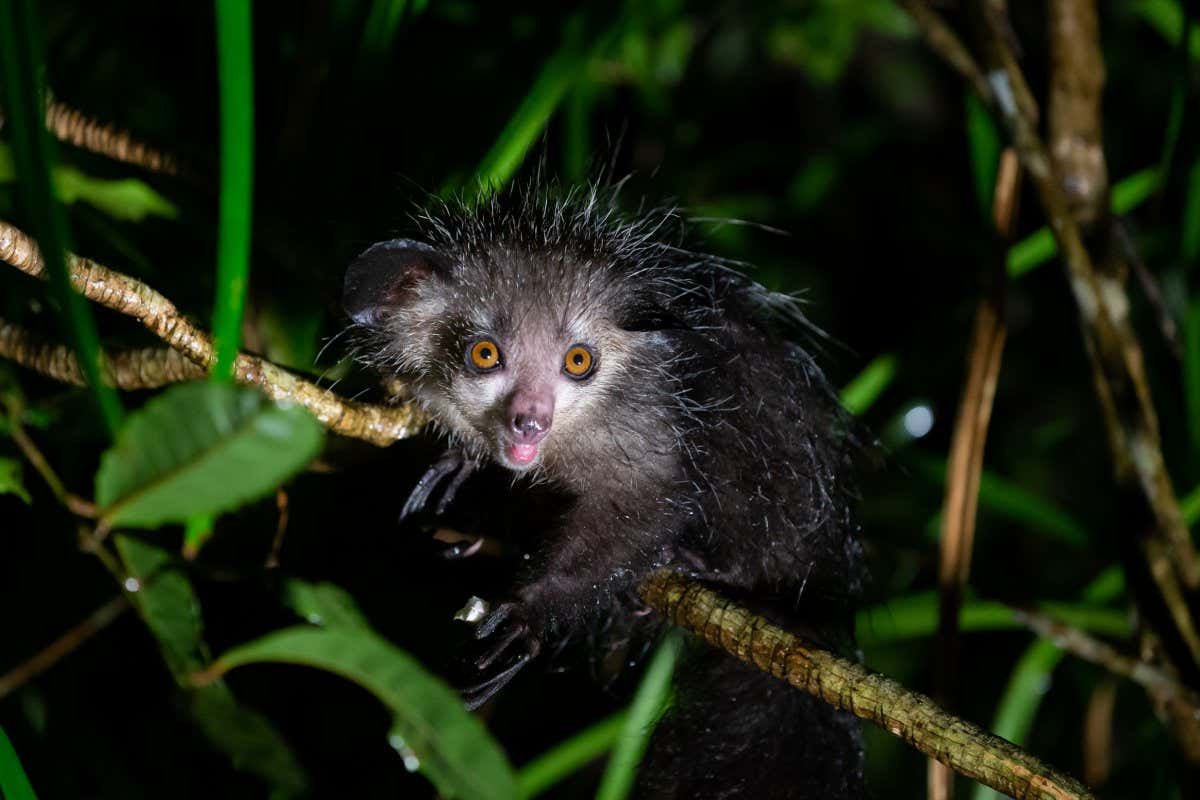Aye-Ayes & Possums: Urgent Mammal Conservation Needs
The plight of many lesser-known mammals is often overlooked in the global conversation surrounding endangered species. This article highlights the urgent need for conservation efforts focusing on two such groups: aye-ayes and possums. While vastly different in appearance and habitat, both face significant threats that demand immediate attention.
The Enigmatic Aye-Aye: A Lemur in Peril
The aye-aye (Daubentonia madagascariensis), a nocturnal lemur native to Madagascar, is a truly unique creature. Its large ears, perpetually gnawing incisors, and spindly middle finger used for tapping trees to locate insects make it instantly recognizable. Unfortunately, these distinctive features haven't protected it from the devastating effects of habitat loss and human persecution.
- Habitat Destruction: Deforestation driven by agriculture and logging has dramatically shrunk the aye-aye's already limited range. Their forest home is disappearing at an alarming rate.
- Superstitious Beliefs: Sadly, aye-ayes are often considered omens of bad luck or death in some Madagascan communities, leading to their persecution and killing.
- Lack of Awareness: The relative obscurity of the aye-aye means conservation efforts often lack the funding and public support enjoyed by more well-known endangered species.
What can be done? Conservation efforts for aye-ayes focus on:
- Protecting and restoring their habitat: Establishing protected areas and reforestation projects are crucial.
- Educating local communities: Dispelling myths and promoting the importance of aye-ayes for the ecosystem is essential.
- Supporting research and monitoring: Understanding aye-aye populations and their needs is vital for effective conservation.
Possums: A Diverse Group Facing Multiple Threats
Possums, belonging to the order Didelphimorphia, are a diverse group of marsupials found primarily in the Americas, with a single species in Australia. While many possum species are relatively common, several face significant threats, including:
- Habitat Fragmentation: Urbanization and agricultural expansion lead to habitat loss and fragmentation, isolating possum populations and limiting genetic diversity.
- Roadkill: Possums are often victims of roadkill, particularly in areas with high traffic volume and limited wildlife crossings.
- Predation by Introduced Species: Invasive predators like cats and foxes pose a serious threat to possum populations in some regions.
- Disease: Certain diseases can devastate possum populations, particularly those already weakened by other factors.
Conservation Strategies for Possums:
- Habitat Connectivity: Creating wildlife corridors and reducing road mortality through infrastructure improvements are vital.
- Controlling Invasive Predators: Implementing strategies to manage or control populations of invasive species can significantly improve possum survival rates.
- Disease Monitoring and Management: Regular monitoring of possum populations for diseases and the development of effective treatment strategies are crucial.
- Public Awareness Campaigns: Educating the public about the importance of possums in the ecosystem and how to coexist with them is essential.
The Urgent Call to Action
The conservation of both aye-ayes and possums requires a multi-pronged approach involving governmental policies, community engagement, and scientific research. These unique and often overlooked mammals play vital roles in their respective ecosystems, and their loss would have significant consequences.
We need to:
- Increase funding for conservation projects: More resources are needed to support research, habitat protection, and community outreach programs.
- Raise public awareness: Highlighting the plight of these animals can inspire individuals and organizations to take action.
- Support sustainable practices: Promoting environmentally friendly agricultural practices and responsible logging can help preserve their habitats.
By working together, we can help ensure the survival of these fascinating mammals and protect the biodiversity of our planet. Learn more about conservation efforts and how you can help at [link to relevant conservation organization]. Every effort counts.

